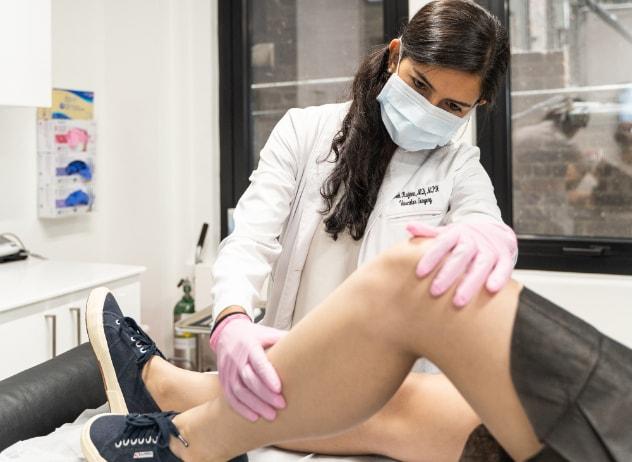What Varicose Vein Treatments Are Typically Covered By Insurance Plans?
Varicose veins, often the unsung heroes of circulatory issues, can pose both aesthetic and health-related concerns. As individuals seek relief from the discomfort and self-consciousness associated with these protruding veins, a pivotal question arises: Are varicose vein treatments covered by insurance? This article delves into the intricate web of insurance coverage to shed light on the typical inclusions and exclusions surrounding varicose vein treatments.
Understanding Varicose Veins and Their Implications:
Varicose veins, enlarged and twisted veins that usually appear on the legs, result from a malfunction in the one-way valves that regulate blood flow. Beyond their cosmetic impact, these veins can lead to pain, swelling, and even complications such as blood clots. As individuals explore treatment options, the financial aspect becomes a crucial consideration.
The Landscape of Insurance Coverage:
Insurance plans, as diverse as the individuals they cover, vary widely in their approach to varicose vein treatments. Typically, insurance providers prioritize procedures that address the medical necessity of treatment over those deemed solely cosmetic. However, the devil lies in the details, and navigating the terms and conditions of each insurance plan is essential.
Covered Treatments:
Endovenous Laser Ablation (EVLA):
EVLA, a minimally invasive procedure involving laser energy, is often covered by insurance when deemed medically necessary. It effectively closes off the affected veins, relieving symptoms and reducing the risk of complications.
Radiofrequency Ablation (RFA):
Similar to EVLA, RFA utilizes radiofrequency energy to close off problematic veins. Insurance coverage for RFA is typically contingent on the medical necessity of the procedure.
Sclerotherapy:
This non-surgical treatment involves injecting a solution into the affected veins, causing them to collapse and fade. While insurance coverage may be available, it is more commonly approved for treating underlying medical conditions rather than solely for cosmetic reasons.
Ambulatory Phlebectomy:
Reserved for larger varicose veins close to the skin’s surface, ambulatory phlebectomy involves the removal of veins through small incisions. Insurance coverage is more likely when the procedure addresses medical concerns.
Factors Influencing Coverage:
Medical Necessity:
Insurance providers scrutinize the medical necessity of varicose vein treatments. Procedures recommended to alleviate pain, prevent complications, or address underlying health issues are more likely to be covered.
Pre-authorization and Documentation:
Obtaining pre-authorization and maintaining meticulous documentation from healthcare professionals regarding the medical necessity of the proposed treatments can significantly enhance the likelihood of insurance coverage.
Conservative Measures:
Insurance providers often require individuals to exhaust conservative measures, such as compression stockings and lifestyle modifications, before approving more invasive treatments.
Exclusions and Limitations:
Cosmetic Procedures:
Procedures performed solely for cosmetic reasons, such as spider vein treatments, are typically excluded from insurance coverage.
Experimental Treatments:
Insurance plans may not cover treatments considered experimental or investigational unless compelling evidence of their efficacy is presented.
Conclusion:
In the intricate tapestry of insurance coverage, the question of whether varicose vein treatments are covered involves a nuanced exploration of medical necessity, documentation, and the specifics of each procedure. While some treatments are commonly covered, others may require a more thorough justification to secure approval. Individuals contemplating varicose vein treatments are advised to engage in open communication with their healthcare providers and insurance representatives, ensuring a clear understanding of the coverage landscape. Ultimately, informed decisions and proactive advocacy can significantly impact the journey towards healthier, more confident legs.



